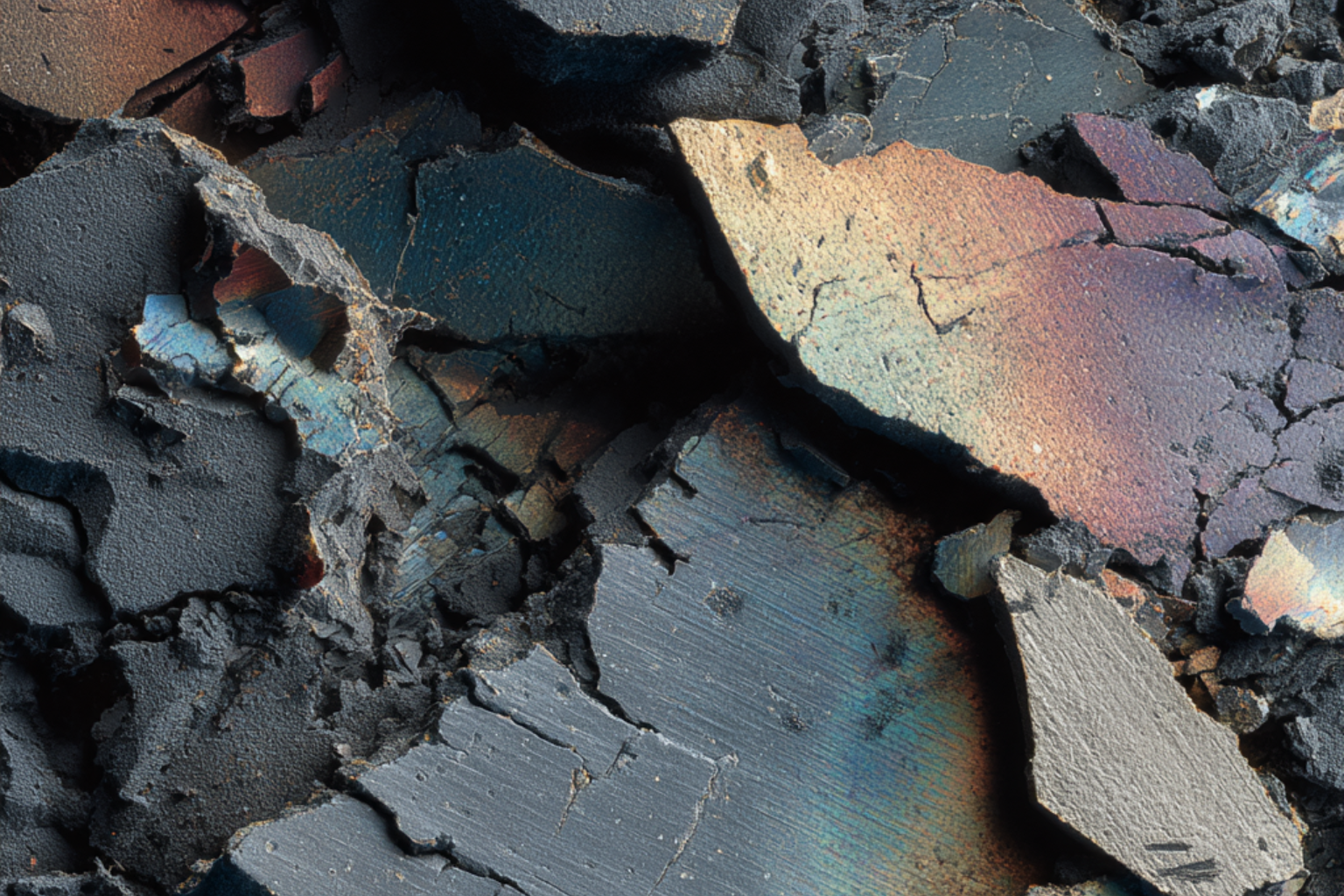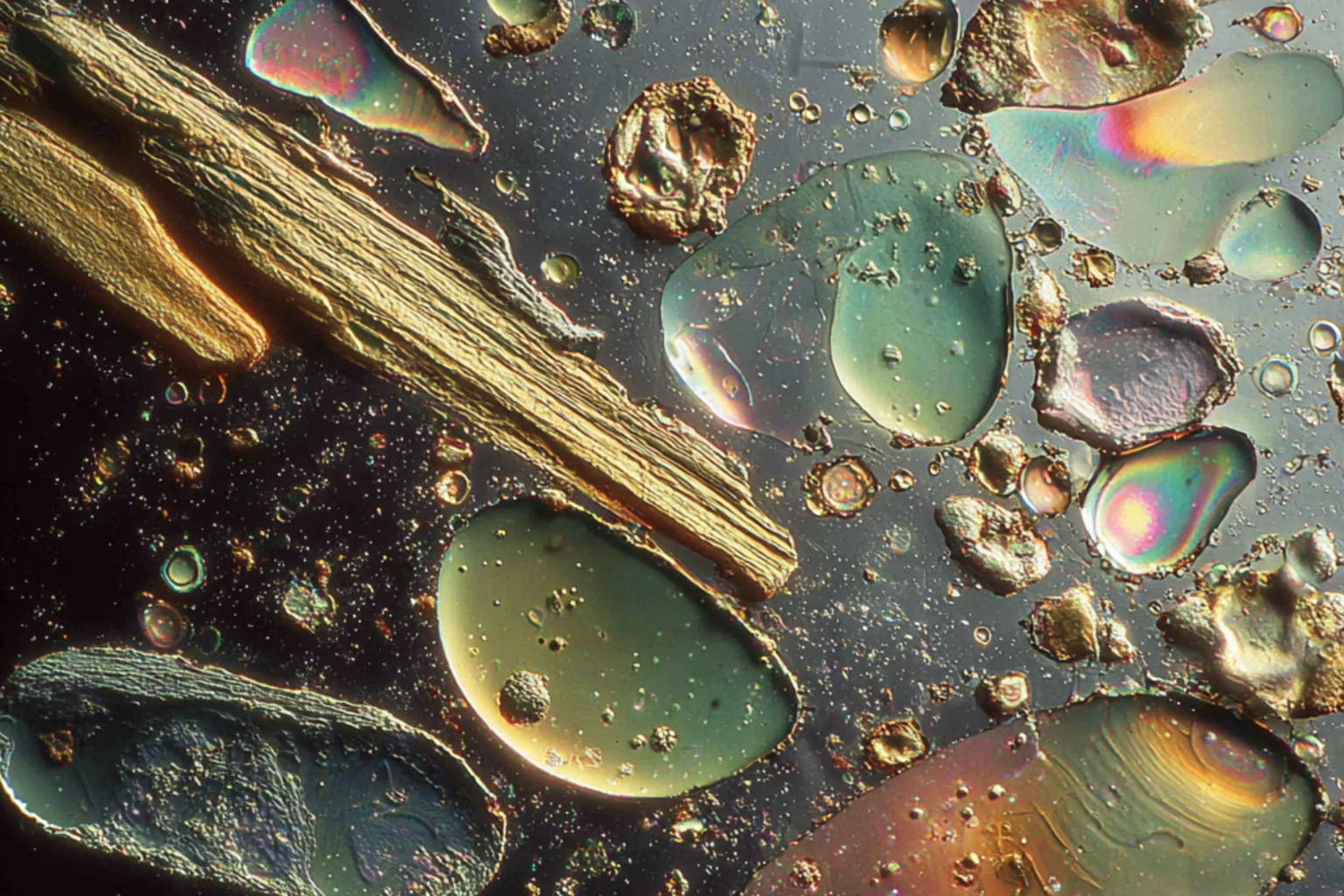What is Mercury?
Mercury is a naturally occurring element found in air, soil, and water. It exists in three main forms:
-
Elemental mercury (metallic mercury): historically used in thermometers, fluorescent bulbs, and dental fillings.
-
Inorganic mercury compounds: formed when mercury binds with other elements; often linked to industrial pollution.
-
Organic mercury (methylmercury): produced when microorganisms convert mercury in water and soil. This form builds up in fish and seafood and is a major source of exposure through diet.
While mercury is best known for its presence in seafood, it can also contaminate drinking water supplies, creating a hidden but serious health risk.
What health effects does Mercury have?
Mercury is a potent neurotoxin. All forms can damage the nervous system and kidneys, with severity depending on the type of mercury, level of exposure, and age of the individual.
Health risks include:
-
Neurological damage: tremors, mood changes, insomnia, memory loss, reduced coordination, and “pins and needles” sensations in the hands and feet.
-
Kidney toxicity: long-term exposure can lead to kidney impairment or failure.
-
Children & unborn babies: methylmercury crosses the placental barrier, affecting brain development, cognition, and motor skills.
-
Adults: prolonged exposure raises risks of vision problems, muscle weakness, poor mental function, and skin rashes.
-
Severe exposure: can result in respiratory failure, permanent neurological damage, and in extreme cases, death.
According to the World Health Organization (WHO), mercury is one of the top ten chemicals of major public health concern worldwide.
How does Mercury get into tap water?
Mercury enters drinking water from both natural sources and human activities:
-
Natural leaching: water passing over rocks or through soils containing mercury deposits.
-
Industrial discharge: wastewater from factories, refineries, and chemical production.
-
Mining runoff: gold and coal mining are major sources of mercury pollution.
-
Coal-fired power plants: atmospheric mercury can settle into water supplies through rainfall.
-
Agricultural and landfill runoff: fertilizers, pesticides, and waste can carry mercury into rivers and aquifers.
Once in waterways, microorganisms can convert mercury into methylmercury, which is highly toxic and bioaccumulates in the food chain.
Who is most at risk from Mercury in water?
-
Pregnant women and unborn children: most vulnerable to neurological and developmental harm.
-
Infants and young children: developing nervous systems are highly sensitive.
-
Communities near mining or industrial sites: greater risk of mercury-contaminated drinking water.
-
Frequent seafood consumers: especially vulnerable when combined with contaminated water exposure.
How to avoid/remove Mercury from tap water
Boiling or bottled water does not effectively remove mercury. Standard filters are also insufficient. Effective protection requires advanced filtration technologies designed to capture heavy metals.
At PuraHome, our multi-stage filtration systems are independently tested to reduce mercury from drinking water, ensuring safe and clean water for your family.
Unlike conventional filters, PuraHome’s technology targets mercury and other heavy metals while keeping beneficial minerals like calcium and potassium.
Bottom line: Mercury is one of the world’s most dangerous environmental pollutants. With proven links to brain damage, developmental problems, and kidney failure, no level of exposure is safe — especially for children. The fastest, most reliable protection is advanced water filtration designed to remove toxic metals before they reach your glass.





Leave a comment
This site is protected by hCaptcha and the hCaptcha Privacy Policy and Terms of Service apply.